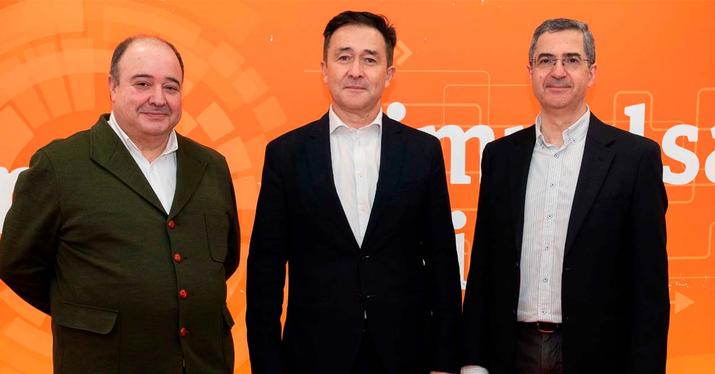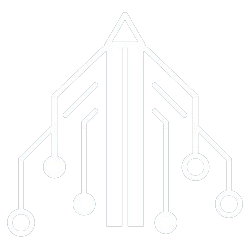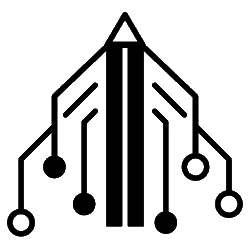Just over two years ago, Radio Televisión Española (RTVE) became the first broadcaster in the world to broadcast content in 8K through DTT, via DVB-T2. This was quite a milestone, but now the team from the RTVE Chair at the Polytechnic University of Madrid wants to go one step further.
A new project is already in mind that once again places them as pioneers worldwide in wanting to broadcast 8K content captured, compressed and distributed live.
First live DTT 8K broadcast
Although this milestone of being the first broadcast in the world to broadcast 8K content through DTT using DVB-T2, now the challenge is multiplied, since they want to capture, compress and distribute content from UHD-2 signal – 8K Phase 2 complete in rigorous direct. This means that it is intended to broadcast including HDR high dynamic range, WCG extended color gamut, HFR high image refresh rate and NGA next-generation audio.
To achieve this audiovisual feat, also pioneering on a global scale, Cisco servers will be used equipped with a large processing capacity. There is an enormous difficulty in achieving this, since there is a great technological difficulty that involves broadcasting a very high quality 8K resolution signal, captured live, and in a UHF multiplex with 8 MHz bandwidth.
“The importance of this pilot that demonstrates not only the possibility of carrying out this broadcast via DVB-T2 today, but also the future evolution of signal transport using 5G networksin which we are already working in the Chair together with our partners”declared Adolfo Muñoz, director of the Broadcast Area of the RTVE Chair at the UPM.
“The relevance of these experiences both from the teaching and research point of view, due to its innovative and formative aspect for teachers, researchers and students and informative for the entire audiovisual sector”has said for his part José Manuel Menéndez, Professor of the ETS of Telecommunications Engineers and director of the RTVE Chair at the UPM.
A huge technical complexity
Taking into account that even DTT in HD is not yet mandatory and that watching DTT channels in 4K is not very frequent either, this pilot test represents an incredible advance in terms of the way of producing and consuming television.
This pilot is part of the programmed activities of the RTVE Chair at the Polytechnic University of Madridestablished in January 2015, and which has participated in the development of a wide range of pioneering experiences in the field of UHD signal production and broadcast in recent years in collaboration with numerous companies in the audiovisual and telecom sector.

For its part, Cisco will also have to demonstrate its ability to bet on innovation and digitization of the audiovisual sector in our country, providing the necessary technology to take the user experience to the next level.
“Cisco’s participation is articulated around the Digitaliza investment program, present in Spain since 2018 to promote the digital transformation of critical infrastructures, public services and the national business ecosystem. The collaboration is also aligned with our commitment to training in digital skills through the Cisco Networking Academy, which has already trained 280,000 students in Spain and aims to add 10 million more globally in the next decade (2.6 million in Europe)”highlighted Antonio Conde, director of Innovation and Digitization at Cisco Spain.


